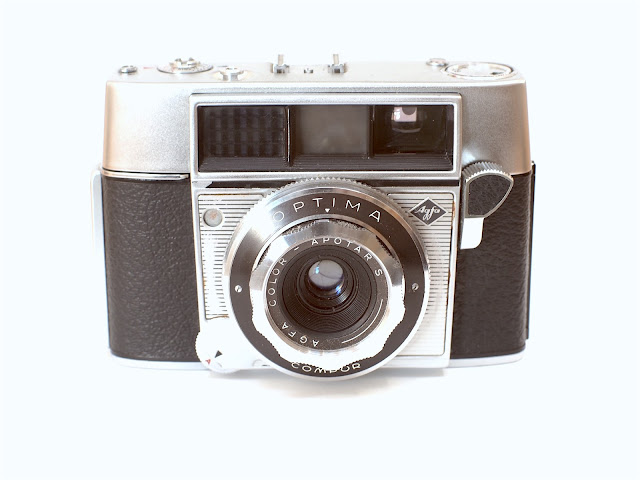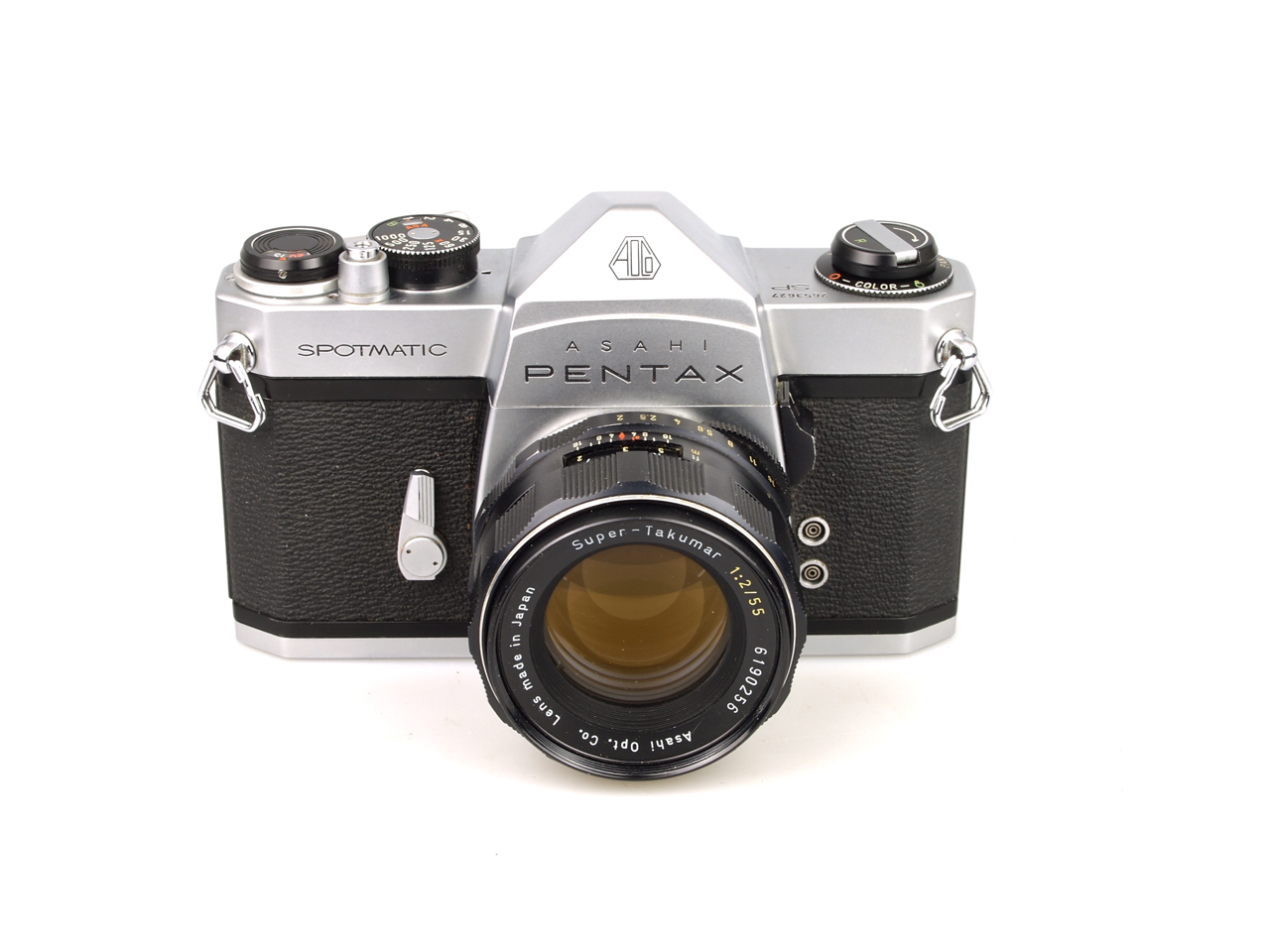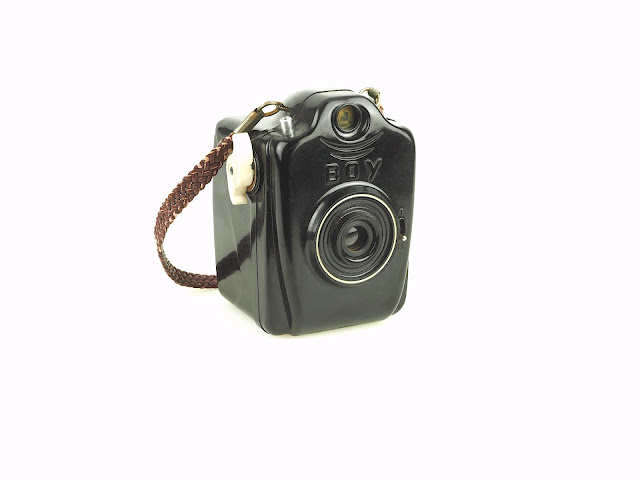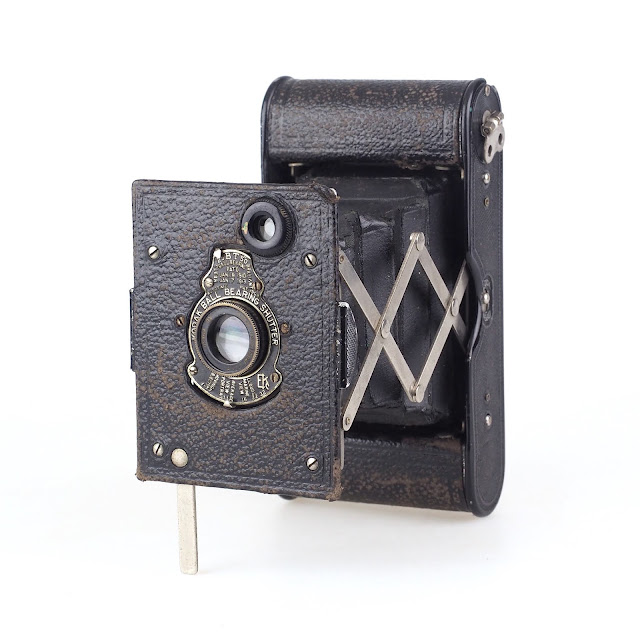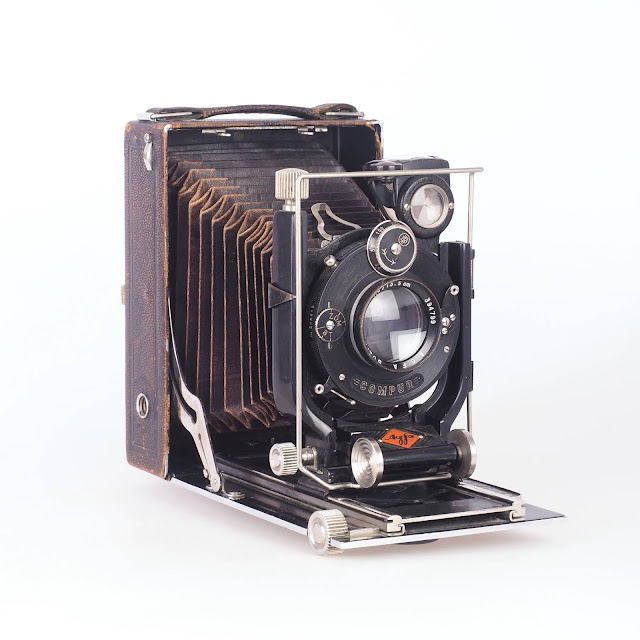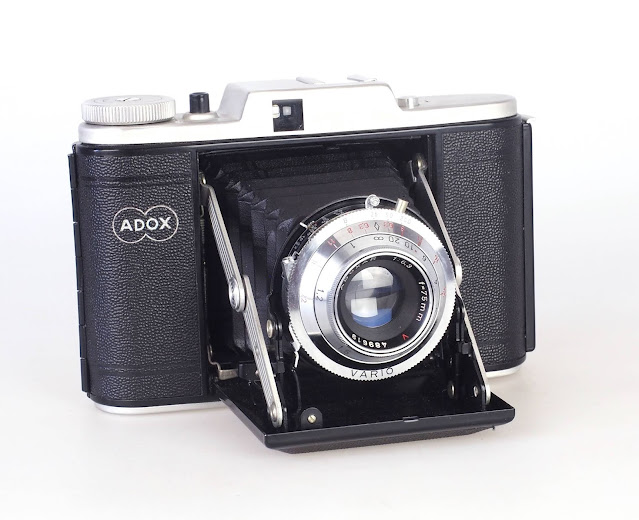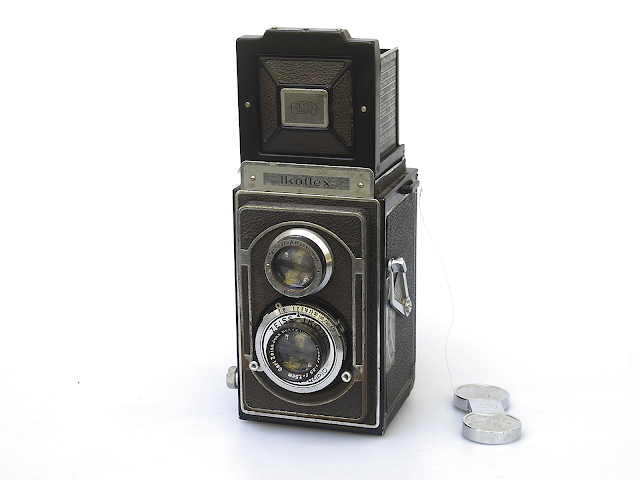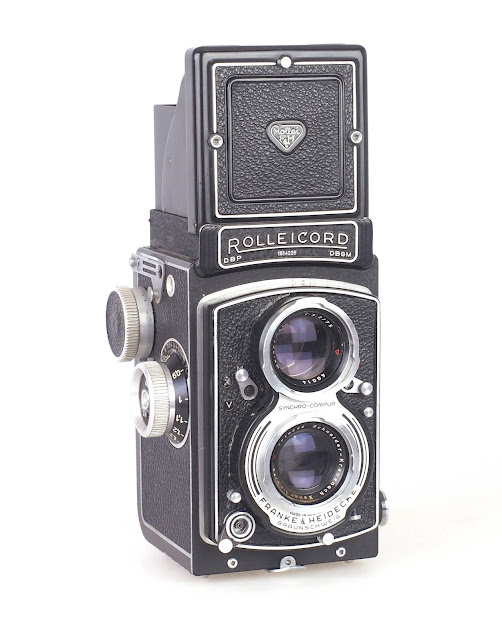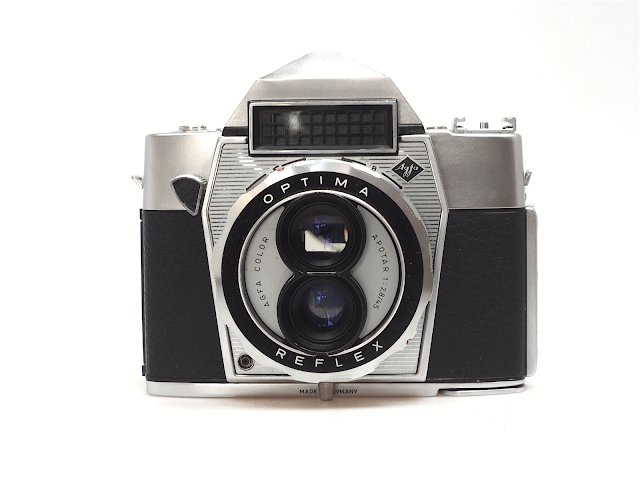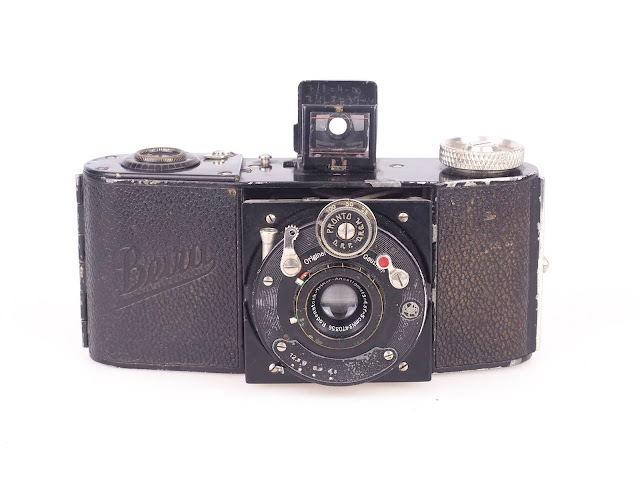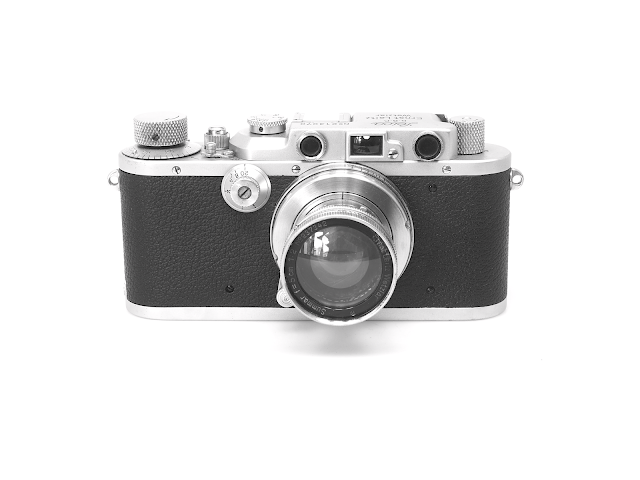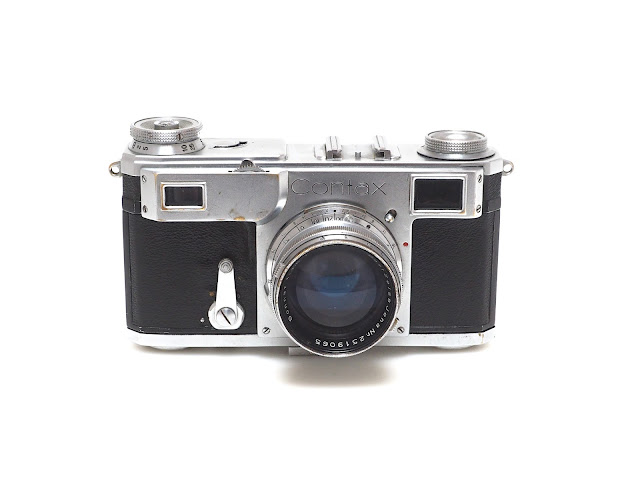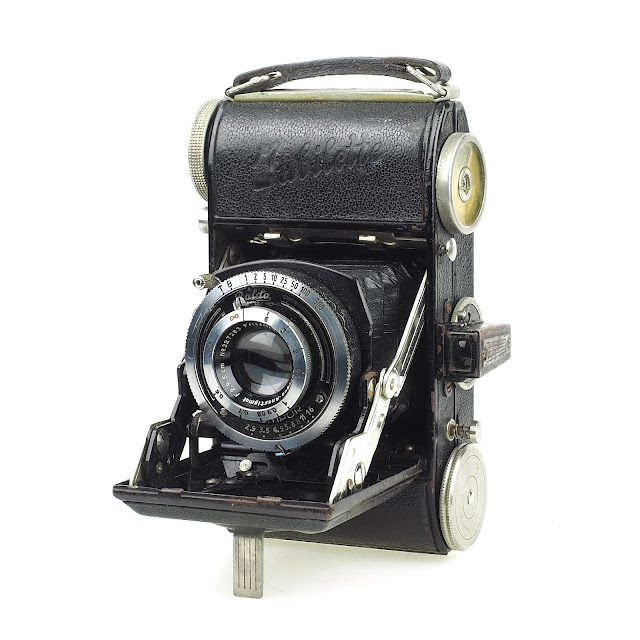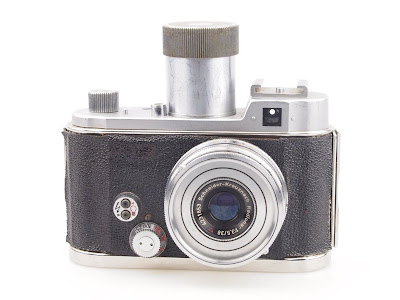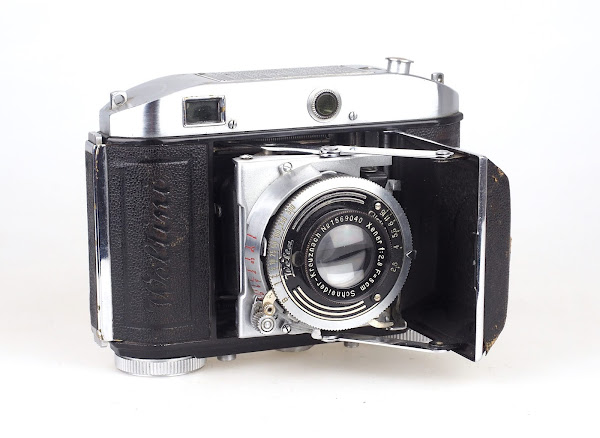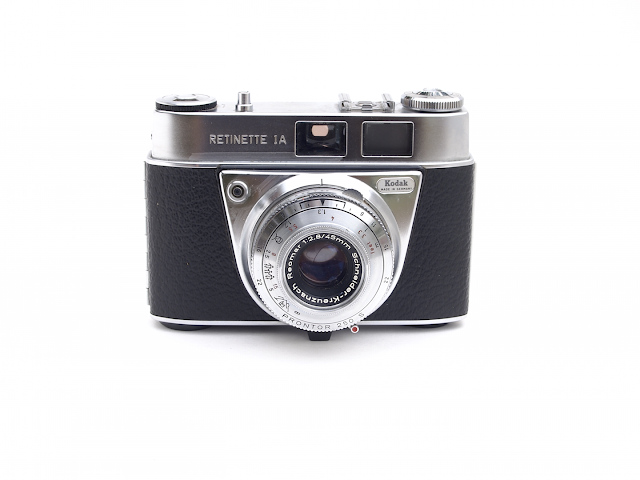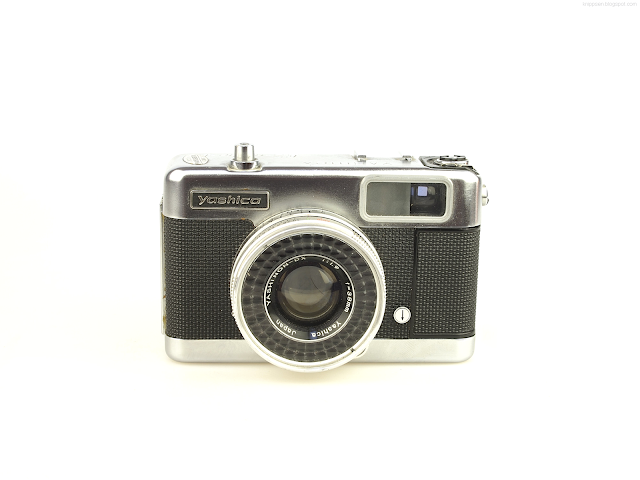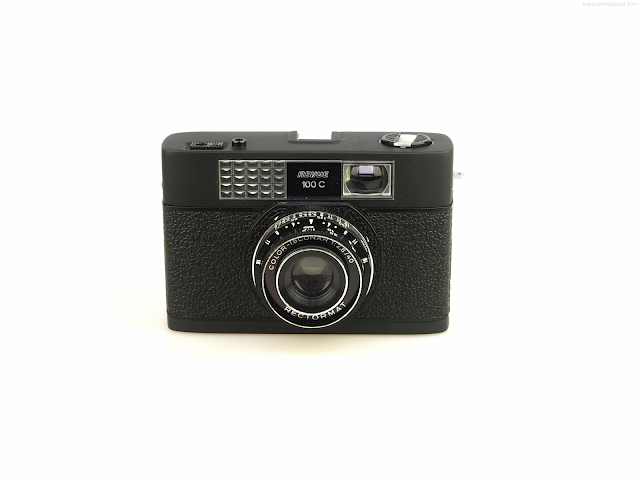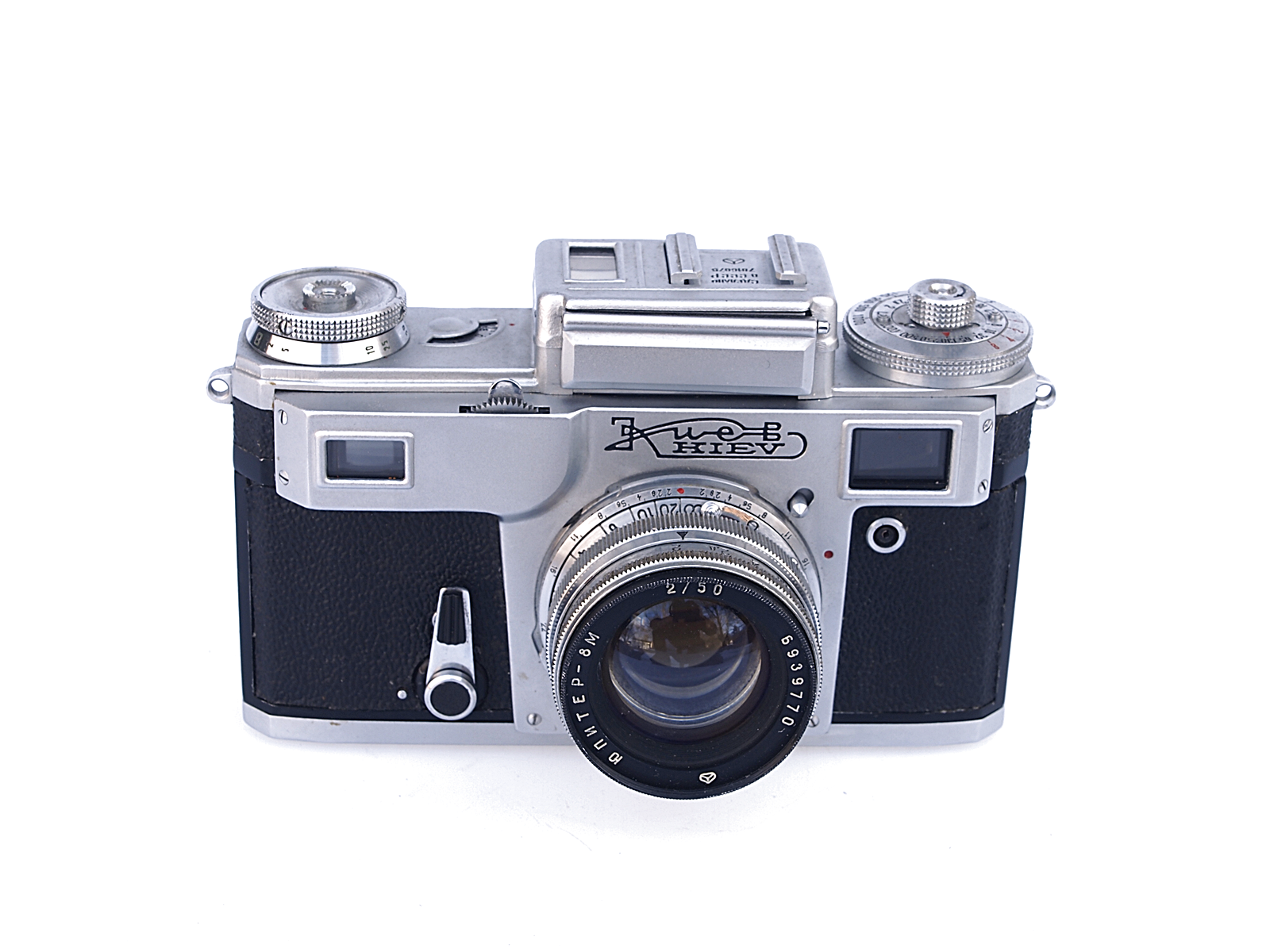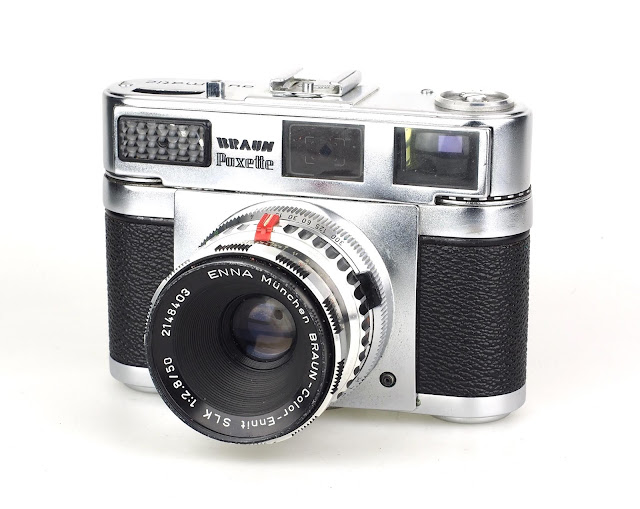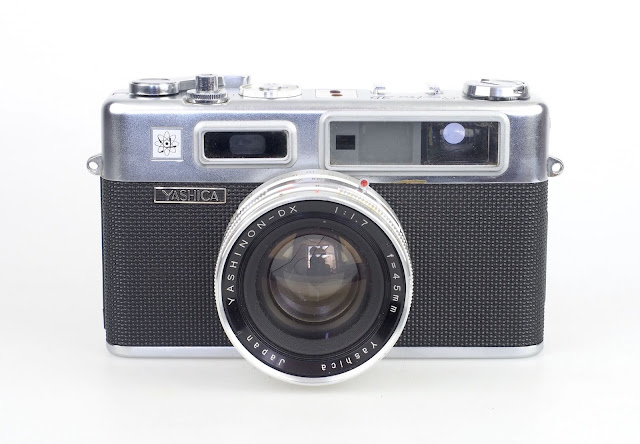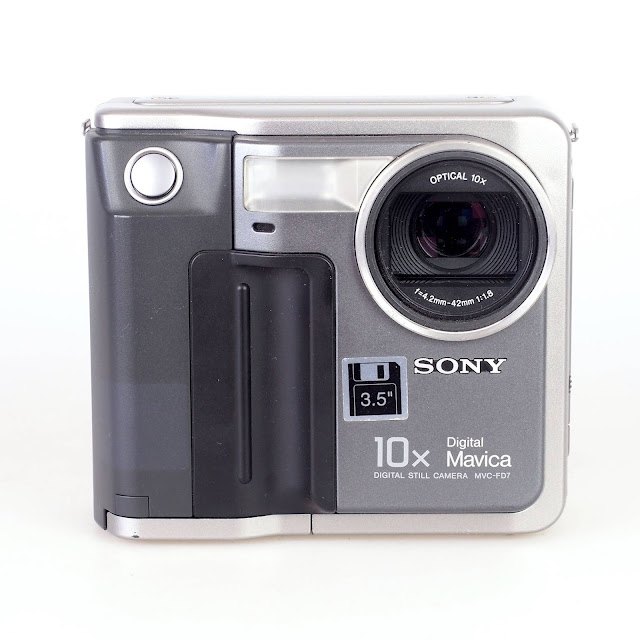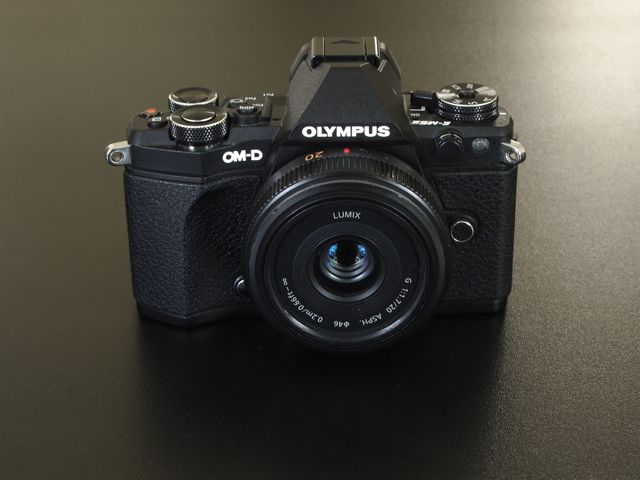When I started collecting cameras I did not really have a focus, or
a special interest in a certain kind. I was always interested in the
technology itself and with that of course in cameras which provided
innovation and changed the path of the entire industry. These
cameras I call milestone cameras and together with those cameras,
which had a tremendous success on the market, they shaped the face
of the industry, which I like to understand and describe with my
collection.
Over time two categories became more comprehensive than others and I
now call them the center categories of my collection. These are
SLR
cameras for the 135 film, which have an own page on this web
site. The other are small cameras and small format cameras, which
sometimes goes hand in hand, but not neccessarily. Of course all the
other cameras deserve a place to be presented as well. This is their
index page, please click on them to reach out to the respective more
detailed description. Have fun!
Box cameras
Box cameras are the simplest sort of cameras you can think of, and
do not neccessarily come in the shape of a box. They all were built
with the intention to offer cheap and affordable cameras for
everybody. That meant a restriction to a minimal feature set.
Many of these cameras have been produced by the film manufactureres
themselves, simply to boost film revenues. They are characterized by
just one or two shutter settings, maybe a few aperture settings and
very simple (roll-)film handling. Mostly, the lenses were single
elements or even made from plastic. Thus, the image quality was
mostly poor. However, these cameras sold in millions and shaped a
significant part of the photo market. For many, they also created
the desire to invest into more sophisticated camera technology, kind
of an gateway drug. Also my first camera as a kid was one of them...
|
|
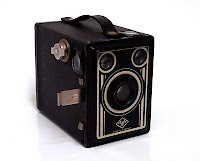 |
 |
Kodak Brownie No.2
(USA, 1907). Made from cardbord and wood, sold for $US 2.
First camera for the popular roll film 120.
|
Agfabox (Germany,
1949-1951). Made from sheet metal, priced DM 9,90 and sold
599,000 times in just a few years.
|
Gevabox (Germany,
1951). Made and bought in Wuppertal-Elberfeld. Solid sheet
metal construction.
|
|
|
|
|
| SIDA (Germany, 1936). Simple
miniature box-camera for special 32mm Sida roll film. With
some interesting history behind... |
Altissa Box (DDR, 1954-1957).
A pre-war design from 1937 using the then unusual 6x6
format, continued in the DDR during the 50ies. |
Bilora Boy
(Germany, 1950). Early and simple bakelite body for 127
film. Cheap but solid. Sold for only DM 9,90. |
|
|
|
|
 |
Agfa Clack
(Germany, 1954-1965). Made frome Bakelite. Curved
backdoor to compensate for optical weaknesses of the fixed
focus single meniscus lens.
|
Agfa Click I
(Germany, 1958-1970). Fixed focus lens Bakelite camera,
designwise more like a compact point and shoot.
|
Agfa Click II
(Germany, 1958-1970). Same as Click I, but equipped with a
more sophisticated and better lens.
|
|
|
|
|
Kodak Instamatic
100 (USA, 1963). First camera for the new cartridge film
type 126. Still with a flash bulb refelctor.
|
Agfa
Isoflash-Rapid (Germany, 1965-1966). Agfa's answer to
Kodak's Instamatic was a reborn Karat cartridge from the
30ies.
|
Agfa ISO-Pak
(Germany, 1967). With this poorly designed camera Agfa
jumped on Kodak's Instamatic train, eventually.
|
|
|
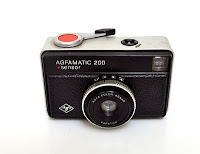 |
|
| Kodak Instamatic 104 (USA,
1965). Same as Instamatic 100, but to be used with the new
simple to use flash cubes. |
Agfamatic
200 Sensor (Germany, 1972). Replaced the ISO-Pak with a
beautiful design. The very solid Agfamatic series became a
huge success. My first camera (left), I took it appart for
some interesting details (right).
|
|
|
|
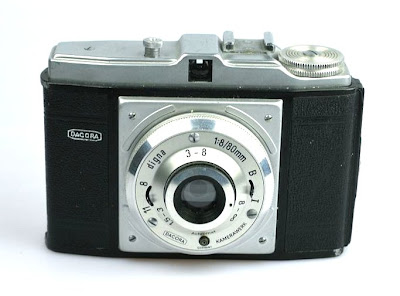 |
| Ferrania Tanit
(Italy, 195x). Another 127 film box camera, quite compact in
the design of a finder camera. |
Kodak Brownie
Starflex (USA, 1957-1963). Simple plastic box camera for 127
film. TLR feeling and simple flash approach. Last Brownie
generation before Instamatic.
|
Dacora digna 6x6
(Germany, 1954-1959). Simple box camera features in the
design of a finder camera.
|
|
|
|
|
| Nerasport 3x4
(Spain, late 60ies). Very simple Box-style camera entirely
from plastic. However, likely the last 3x4 entering the
market. |
Simplex Snapper
(USA, 197x). Simple snap-on camera for the 126 Instamatic
cartridge. Shutter and finder are box like. |
Diana (Hongkong,
1960ies). Simple plasic camera mostly distributed as
advertising give-away. Likely the camera-design with the
most names.
|
Folding cameras
Folding cameras used to be a very important class of cameras during
the first half of the 20ies century. Initially designed for plates
(or later sheet film), they were made for different types of roll
film, too. They all were quite similar in their basic mode of
operation: The folding bellows allowed a quite compact even
pocketable size, and the basic features (besides the film handling)
were all assembled around the fixed lens and included aperture and
leaf shutter. Most cameras were available with different lens and
shutter combinations, which determined quality and price.
|
|
|

|
| No. 1A Kodak
Junior (USA, 1914). Very nice piece for 116 type roll film,
including the Autographic feature to take notes between the
negative images. |
Vest Pocket Kodak
(USA, 1912-1926). Very succesful (>1.8 mio units) camera.
One of the first, that really fit into a vest pocket.
Introduced 127 roll film. |
C.P.Goerz
Roll-Tenax 4x6.5 (Germany, 1914). An early German VP Kodak
competitor with Compound shutter. |
|
|
 |
 |
Folding plate cameras like
this Agfa Isolar 408 (Germany, 1928) were THE dominant
camera class of the early 20ies century.
|
Kenngott Supra No.2 (Germany,
1929). Folding plate camera for the smaller 6.5x9 format.
From a small manufacturer in Stuttgart.
|
Plate folders selection from
the 1932 Photo Porst catalogue with description and prices
(in German).
|
 |
|
|
| Contessa-Nettel Piccolette
(Germany, 1919-1926), with Zeiss Ikon label until 1930. A VP
Kodak clone with some neat extra features. |
G.A. Krauss Rollette (Germany,
1924-1931). First German camera using the 129 film and a
very compact design concidering 40% more image area than the
VP film 127. |
G.A. Krauss Rollette (Germany,
1924-1931). A later version with a few differences...
|
|
|
|
|
Orionwerk Rio 84A (Germany,
1924). A nice strut-folding construction from a rather
unknown German producer.
|
Kodak Vollenda 620 (Germany,
1934-1939). Type 620 roll film camera for 6x9 cm images.
Rare early version. Otherwise a very average folding camera
from the 1930ies. |
|
|

|
|
|
| Korelle 4.5x6 (Germany, 1933).
Quite successful strut-folding design for 4.5x6 on 120 film. |
Certo Dolly VP (Germany,
1932-1935). A quite compact and pocketable camera for type
127 roll film (both 4x6.5 and 3x4).
|
Beier Precisa (Germany,
1937-1940 and 1950-1956). 6x6 was a quite rare folder format
in 1937, but became popular after WW2. This one from DDR
production in 1955.
|
|
|
|
|
| Agfa Isolette II (Germany,
1958). Type 120 roll film for 6x6 cm images. Same principle
like the slightly larger pre-war folders, but in a slightly
more modern shape. |
Adox Golf (Germany,
1952-1954). Competitor of the Isolette, also build by a film
producer to foster film consumption with cheap cameras.
|
Zeiss Ikon Nettar IIC (517/2 - Germany,
1951-1954). A quite successful continuation of a pre-war
design in the 1950ies. One of the last folders of its kind
on the market.
|
Twin Lens Reflex (TLR) cameras
Twin Lens Reflex cameras existed since the late 19th century. These
plate cameras already used an extra lens and a respective mirror as
a finder and focussing aid. However, it was the German manufactuerer
Franke&Heidecke who adapted the principle to a roll film camera
and created a very homogenious class of cameras.
|
|
|
|
Rolleiflex
Original (Germany, 1929-1932). THE first TLR for roll fim,
which actually created this camera class.
|
Zeiss Ikon Ikoflex
II (Germany, 1936). Nice pre-war TLR. Probably one of the
most important competitor of the Rolleiflex.
|
KW Pilot (Germany,
1931). The one and only 3x4 camera among the TLRs. High end
features and high price. Quite rare. |
|
|
 |
|
| Rolleicord V (Germany,
1954-1957). Post-war TLR with some nice features |
Seagull 4B-1 (China, 1986).
Chinese Rolleicord clone, sold in millions both in China and
for cheap export. |
|
|
|
|
|
Yashica 44 (Japan,
1958). TLR for 4x4 cm images on 127 type roll film. A
"Baby-Rollei" clone. Quite successful.
|
Agfa Optima Reflex
(Germany, 1961-1963). One of the view TLRs for 135 film.
Shares an early AE mode with Agfa's Optima
|
|
35 mm Film cameras from the 1930'ies
This class of cameras was founded by the Leica in 1925. It took some
time to spread the word and also some
technical
improvements of the film, but by the end of the 1920 decade it
took off. The first attempts to counter the Leica were the class of
3x4
cameras on 127 roll film, but eventually in the early 1930ies
other manufacturers manage to handle the cine film as well. This is
an almost quite complete collection of German pre-war cameras. After
WW2, many models were continued again and this became the most
importand class of analog cameras ever.
 |
|
|
Leica IA (Germany, 1925-1931).
The first commercially successful camera for 24x36 on 35 mm
cine film. Together with her successors created the Leica
myth and hype.
|
Beira (Germany, 1931). One of
the first attempts to counter the Leica with another 35mm
film camera in the market. |
Krauss Peggy (Germany,
1931). A very solid and innovative attempt to counter Leica,
despite being cheaper not successful.
|
|
|
|
|
|
Leica III (Germany, 1933-1939). Central model of the pre-war
Leica screw mount camera series.
|
Zeiss Ikon Contax
I (Germany, 1932-1936). Zeiss Ikon's somewhat premature
attempt to counter Leica. Here in its last version, type f
(7).
|
Zeiss Ikon Contax
II (Germany, 1936-194x). A technical milestone, regarded one
of the best cameras for the best lenses of its time. |
|
|
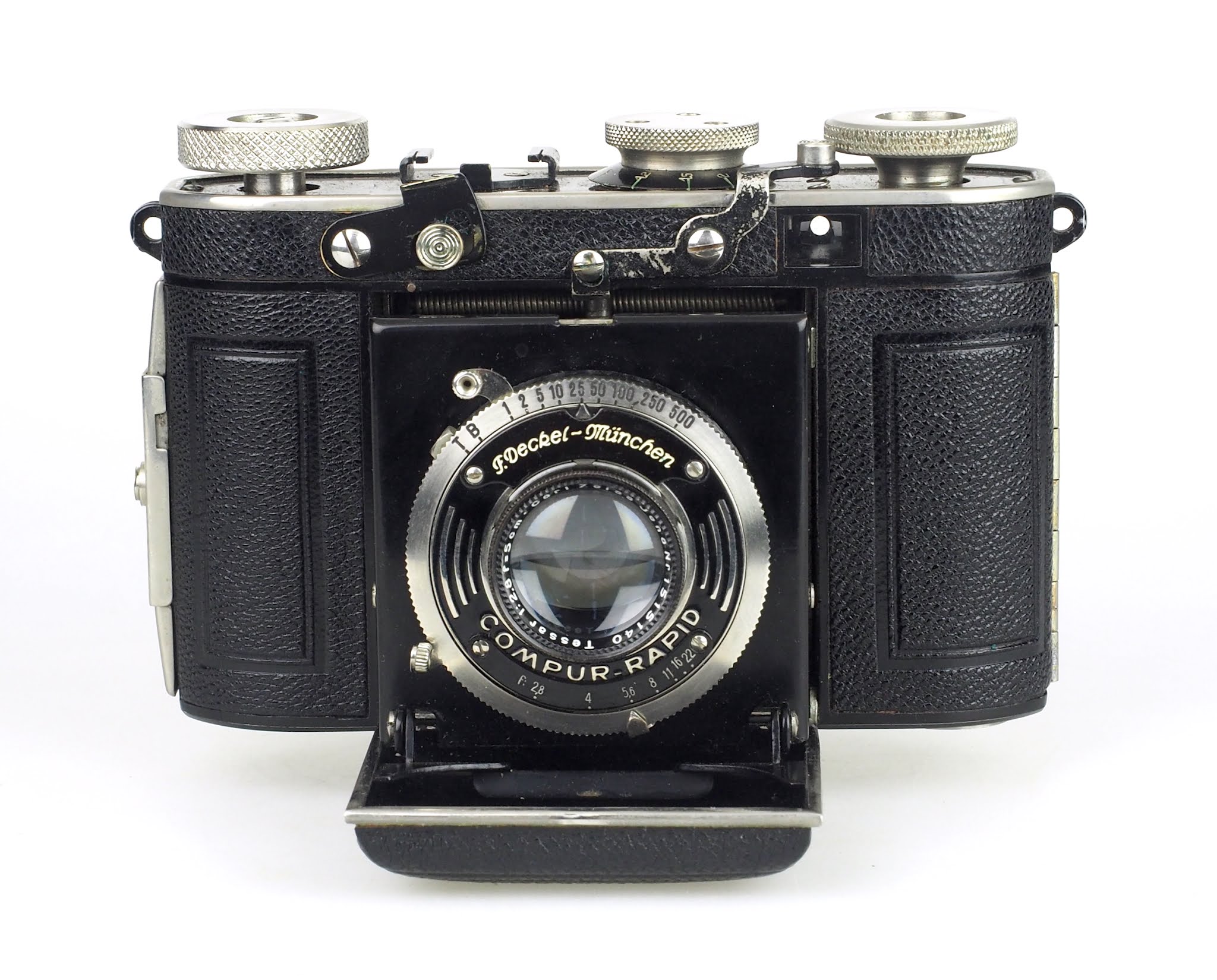 |
|
| Kodak Retina (117, Germany
1934). Very compact foldable design, very affordable,
introduced standard 135 cartridge to the market. |
Certo Dollina (Germany, 1935).
Besides the more compact Retina one of the early affordable
cameras for 135 film. |
Zeiss Ikon Super Nettel
(Germany, 1935-1938). Lower key sister of the Contax with a
fixed lens on bellows, but the same focal plane shutter. |
|
|
|
|
| Kochmann Korelle K (Germany,
1932). Early half format 35mm film camera in modern shape.
First Bakelite camera produced in Europe. Quite innovative
and rare. |
Kodak Retina (118, Germany
1935). Very compact foldable design. First camera on Mount
Everest, introduced standard 135 cartridge to the market. |
Kodak Retina I (126, Germany
1938). Another pre-war Retina from my collection. |
|
|
|
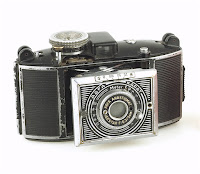 |
| Welta Welti (Germany,
1935-1939 and 1948-1953). Another competitor of the Retina
in very similar style. |
Balda Jubilette (Germany,
1938). Aniversary modell of the Baldina, Retina's strongest
direct competitor. |
Agfa Karat 6.3 Art Deco
(Germany, 1937). Agfa's answer to Kodak's Retina and the new
135 cartridge. Uses Karat cartridges. |
|
|
|
|
| Zeiss Ikon Tenax (II) (580/27,
Germany 1938-1941). First camera with a fast advance lever,
exchangeable lenses, high end quality and price. Hubert
Nerwin's masterpiece and highly collectible today. |
Zeiss Ikon Tenax I (570/27,
Germany 1939-1941). 24x24 square format. Affordable and
pocketable camera. Like its older sister with a fast advance
lever. |
Robot Junior (Germany, 1954).
Special rotary shutter, based on a design from 1934. 24x24
mm square format, spring motor. Quite heavy despite small
size. |
|
|
|
|
| Welta Weltini II (Germany,
1938). A turned upsite-down Welti for adding the
rangefinder. Design already points to post-war cameras to
come. |
Argus C3 (USA, 1938-1966).
"The Brick", ugliest and most impractical rangefinder
camera. However, a best seller! |
|
Compact cameras with simple finders
Except of a few milestone cameras in this section, which I really
sought after, I got most of the following cameras very cheap on flea
markets or even as a free gift from friends. The reason is, that
these cameras existed in millions and could be found in almost every
home. They all were aimed for the non-educated layman, symbols
helped to guess the distance (until AF arrived in 1977) or to set
the right exposure. The more expensive also had auto-exposure modes
and the late models form the 1990 had built-in motorized film
transport and flash and almost nothing could be set manually
anymore.
|
|
|
|
| Mimosa II (DDR, 1948-1951).
Unusual early post-war design. Produced by the film and
paper maker Mimosa under cover for Zeiss Ikon. |
Werra (DDR, 1954). Quite
successful compact camera series with innovative design
elements. |
Adox 300 (Germany,
1956). One of the few cameras with interchangeable film
magazine. Otherwise quite standard. |
|
|
|
 |
Zeiss Ikon Ikonette 35
(Germany, 1958). Shaped like the 1950ies and made from solid
plastic: Not a huge success, comes with some myths...
|
Balda Baldessa I (Germany,
1957). First model of a quite successful camera series.
|
Balda Hapo-24 (Germany, 1957).
OEM version built for Photo Porst. |
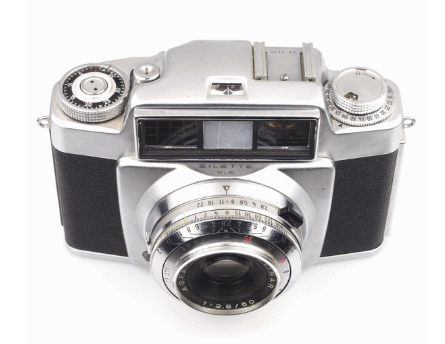 |
|
|
| Agfa Silette SLE (Germany,
1958). Higher end comsumer camera with coupled Selenium
meter. |
Zeiss Ikon Colora F (Germany,
1964). Simple viewfinder with a build-in flash holder. Same
as sister companies Voigtländer Vitoret F...
|
Kodak Retinette 1A (Germany,
1961-1963). Easy to use consumer camera. Without a meter,
though. |
|
|
 |
|
| Zeiss Ikon Contessa (Germany,
1960-1961). Nice camera with built-in uncoupled meter. |
Zeiss Ikon Contessa S310
(Germany, 1971). One of the last German cameras of this
kind. High end with aperture prio AE. |
Smena 8M (UdSSR, 1970-1995).
Exceeding 21 mio units, most produced analogue camera of all
times. |
|
|
|
|
| Yashica EZ-matic 4 (Japan,
1967). High end automatic camera for 126 Instamatic film.
Widest aperture 1.9 available for any Instamatic camera. |
Konica C35V (Japan,
1971-1976). Very compact automatic camera. Her 3 year older,
similar sister C35 set new standards for this camera class.
|
Nikonos I (Japan, 1963-1969).
Special under-water camera, a class of its own, basically
without competitors. |
|
|
|
|
| King Regula Sprinty C300
(Germany, 1971). Successful consumer camera built of
plastic. Very practicable shutter/aperture approach. |
Revue 100 C (Germany, 197x).
OEM version for Foto Quelle (original: King Regula Picca C).
Simple point-and-shoot camera.
|
Agfamatic 300 Sensor (Germany,
1971-1977). Simple point and shoot camera with some advanced
features like automatic exposure...
|
|
|
|
|
| Nikon RF2 (Japan, 1988). Easy
to use, full auto camera with 35mm lens. Our family camera
in the 90ies. |
Jenoptik JC23 (China?, 1999).
Camera bought at the discounter. |
|
Rangefinder cameras
Rangefinder cameras, especially those with exchangable lenses, used
to be the high end of the camera spectrum. They got eventually
replaced by SLR cameras, which sometimes were based on original
rangefinder designs. Two producers fought for excellence and highest
reputation in the field. After the Leica founded the class and
always played a significant roll, it was the Contax and its
excellent lenses which set highest standards. Beside the two and
some excellent copies of them there are also some other important
independent designs, e.g. the Argus C3 or Voigtländer's Vitessa,
just to name two. Also Japan produced some late but very nice and
usable rangefinder cameras.
|
|
|
|
Kiev 4 (USSR,
1957-1980). A more or less exact Contax III copy, produced
decades later and for decades.
|
Nikon S (Japan,
1951-1954). Very important Japanese rangefinder. Copied the
best from both, Leica and Contax.
|
Voigtländer
Vitessa T (Germany, 1956-1960). Leaf shutter camera with
interesting design elements. Built-in meter. |
|
|
|
|
| Iloca Electric (Germany,
1959). First 35mm camera with a build in motor drive. Quite
innovative, DKL mount. |
Agfa Selecta-m (Germany,
1962). Developed as the Iloca auto-electric and launched
after Iloca's bankruptcy. Electric motor drive and
shutter-prio auto-exposure. |
Braun Colorette Super II L
(Germany, 1958). Rare German Leaf shutter camera with DKL
mount. |
|
|
|
|
| Petri Automate (Japan,
1956-1959). Very nice Japanese rangefinder camera, inspired
by Leica's M3, but fixed lens and leaf shutter. |
Aires 35-V (Japan, 1958-1961).
Late Japanese newcomer with exchangable lenses. Leaf shutter
and uncoupled meter. Went bankrupt, therefore rare. |
Braun Paxette Automatic Super
III (Germany, 1958). One of the very few SKL mount cameras,
a DKL competitor. |
|
|
|
 |
| Yashica Lynx-5000 (Japan,
1962). Fixed lens rangefinder with built-in CdS meter and
very fast leaf shutter (1/1000 s). |
Olympus-35 SP (Japan,
1969-1972). High end, fixed lens rangefinder with optional
spot metering and auto-exposure option. One of my favorite
cameras. |
Olympus XA (Japan, 1979-1985).
Smallest rangefinder camera for 135 film ever. A real pocket
camera and a design jewel. |
Automatic cameras
Eventually, almost all cameras offered one or the other kind of
automation, may it be exposure, focus, a built-in flash or motor
advance. However, this section is for those cameras which had one or
multiple of those automatic features first or significantly
contributed to their development. Other of these technical milestone
cameras can also be found on my SLR index page
|
|
|
|
| Agfa Optima (Germany,
1959-1961). First camera with full "program" mode
auto-exposure (AE). Very successful. |
Durst Automatica (Italy,
1960). First 35 mm camera with aperture prio automation and
an unusual pneumatic shutter control. Not very successful
and thought through... |
Yashica Electro 35 (Japan,
1966-1977). First commercially successful camera with an
electronic shutter and aperture priority automation.
Milestone! |
|
|
|
|
| Braun Paxette electromatic
(Germany, 1959-1962). Braun's answer to the Optima,
advertised as the world's first TRUELY fully automatic
camera. Fixed focus and only one shutter speed, though.
Re-introduced the hot shoe! |
Braun Paxette electromatic II
(Germany, 1960-1964). Braun lost the case against Agfa, both
on the court as on the market. 2. version eventually met the
Optima specs in a more compact and nicer body, though. |
Zeiss Ikon Contessamat SE
(Germany, 1963-1966). One of many range-/viewfinder cameras
offering shutter priority automatic exposure. Features an
interesting wireless fash connector.
|
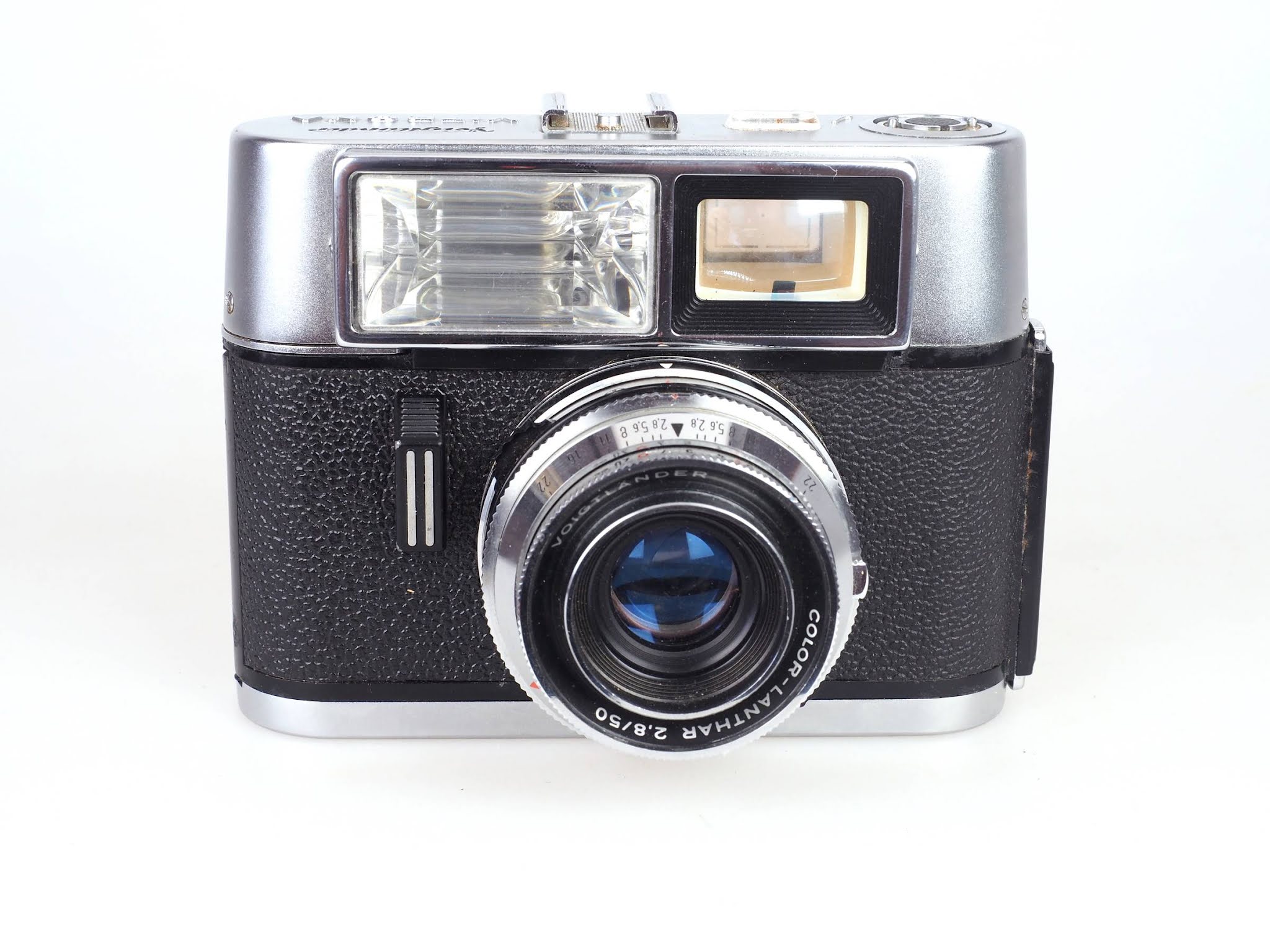 |
|
|
| Voigtländer Vitrona (Germany,
1964-1967). First camera with a built-in electronic flash.
Needed a bulky hand-grip for the batteries, etc., though.
Otherwise standard. |
Iloca Electric (Germany,
1959). First 35mm camera with a build in motor drive. Quite
innovative, DKL mount. |
|
|
|
|
|
| Pentacon Electra (DDR, 1967).
Electronically controlled shutter and aperture prio auto
exposure in a modern plastic body. |
Konica C35AF (Japan, 1977).
First commercially available Auto-Focus camera. Uses
Honeywells Visitronic System. Set a new standard for later
consumer cameras. |
|
Instant cameras
Edwin Land's invention of instant photography need a certain
representation in every serious camera collection. The ingenious
technology is in the film. However, it is still the camera which
will be remembered. Although there were other producers making
instant cameras, it is Edwin Land's Polaroid company which always
drove innovation in this field. Except of the iconic SX-70, which I
bought on a camera flea market on purpose, all other models somehow
appeared in possession...
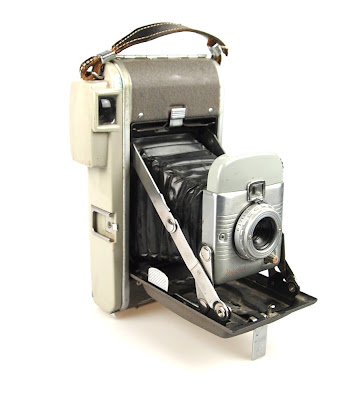 |
|
 |
Polaroid Model 80
"Highlander" (USA, 1954-1957). Very successful early instant
camera for roll film.
|
Polaroid SX-70
Sonar OneStep (USA, 1978). SLR Instant for Pack-Film.
Milestone! First AF-SLR on the market.
|
Polaroid Autofocus
660 (USA, 1981). Easy to use and successful model for 600
type pack film. Entirely automatic!
|
|
|
|
|
Polaroid J33
Electric Eye (USA, 1961-1963). Automatic exposure with type
37 roll film, 3000 ASA! world record in 1959!
|
|
|
Digital cameras
I'm not really collecting digital cameras. I bought some for myself
and the family and eventually got some from friends as a gift for
the collection. However, I recently (2021) started to show interest
in early milestones and bought the Mavica...
|
|
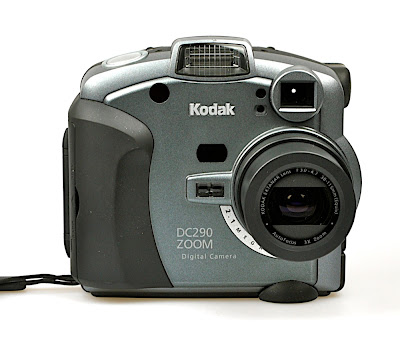 |
 |
Sony Digital
Mavica MVC-FD7 (Japan, 1997). One of the first successful
consumer cameras. Floppy Disk, VGA 0.3 MP
|
Kodak DC290
(USA/Japan, 2000).
2.1MP |
Nikon Coolpix 4300
(Japan, 2002-2004). 4MP |
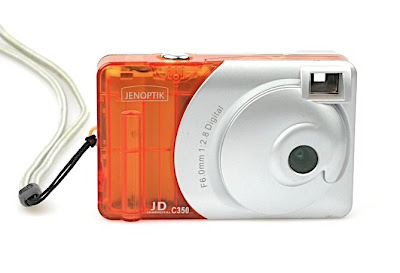 |
 |
 |
| Jenoptic JD-C350 (China 2002).
Very simple early plastic model based on a web-cam sensor.
0.3MP |
HP Photosmart 433 (2003-2005).
3.1MP |
Canon Powershot S400 (Japan, 2003). 4MP |
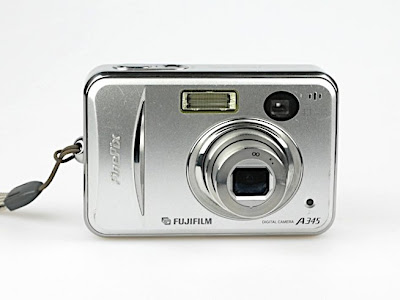 |
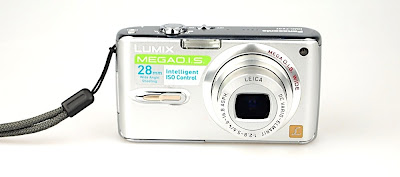 |
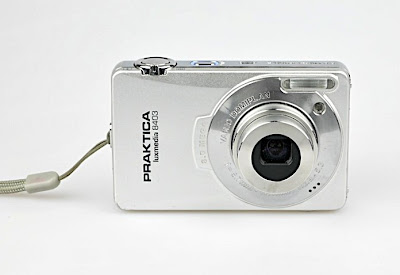 |
Fujifilm Finepix
A345 (Japan, 2005-2006).
4.2 MP |
Panasonic Lumix
DMC-FX07 (Japan, 2007). 7.1MP |
Praktica Luxmedia
8403 (Taiwan, 2009). 8MP |
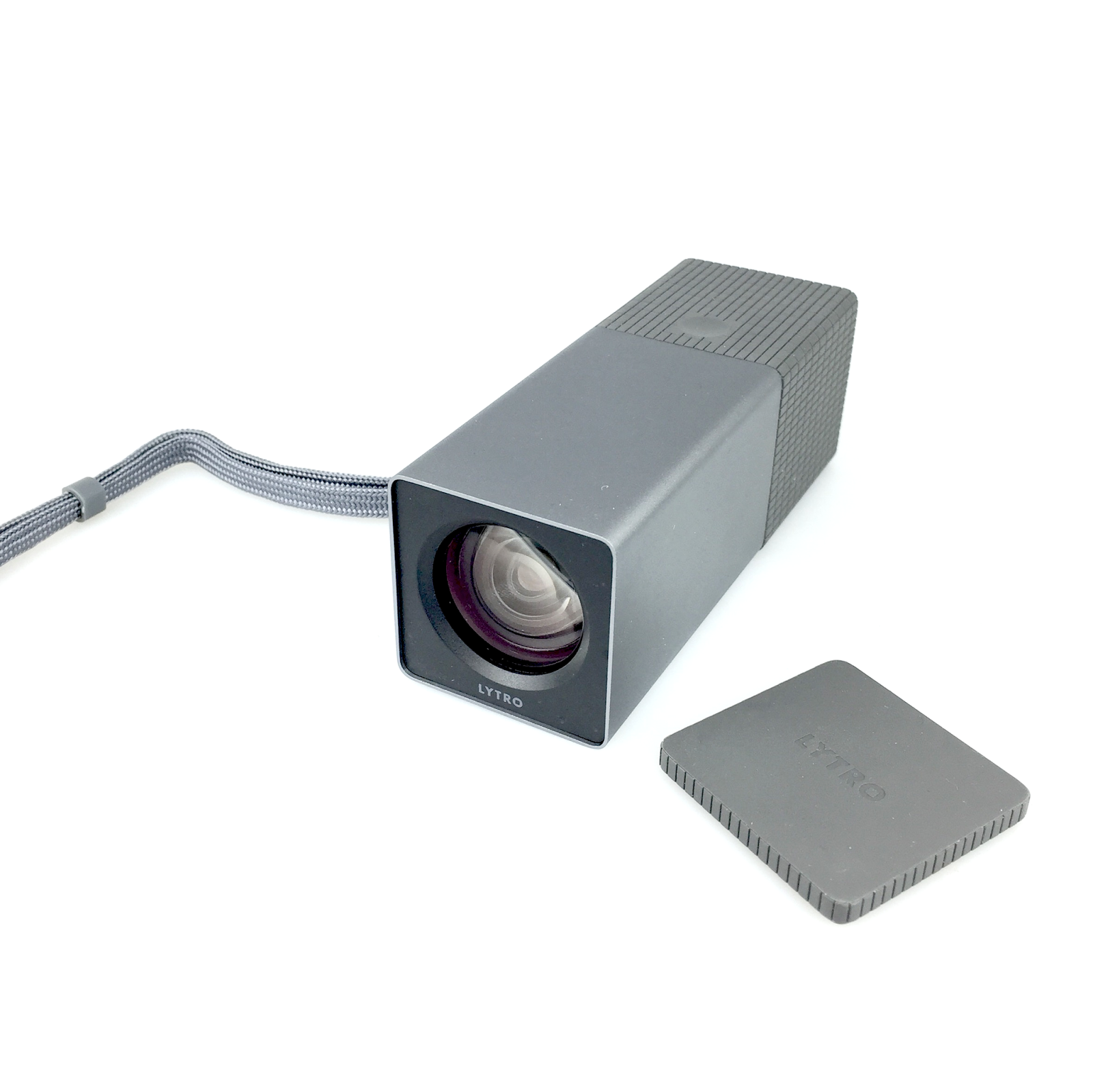 |
|
|
| Lytro (USA, 2012). Lightfield
camera, interesting technology. Was supposed to
revolutionize photography. Failed...! |
Kodak Easyshare Sport C123
(2011). 12 MP, water proof sports camera.
|
|
 |
 |
|
| Olympus PEN E-PL1
(Japan/China, 2010). Very nice mirrorless compact system
camera for the mFT-Sensor. 12MP. |
Panasonic Lumix DMC-G3 (Japan,
2011). 16MP sensor, famous for its video capabilities. |
Olympus OM-D E-M5II (Japan,
2014). My actual day-to-day system camera.
|
 |
|
|
Nokia 6500 slide
(Finnland/China, 2006). Not actually a camera, but cell
phones started to have decent lenses and are more and more
replacing cameras.
|
IPhone 6 (USA/China, 2014).
The most produced camera of all time is a smartphone. Over
220 million units sold over a period of 4 years |
|


